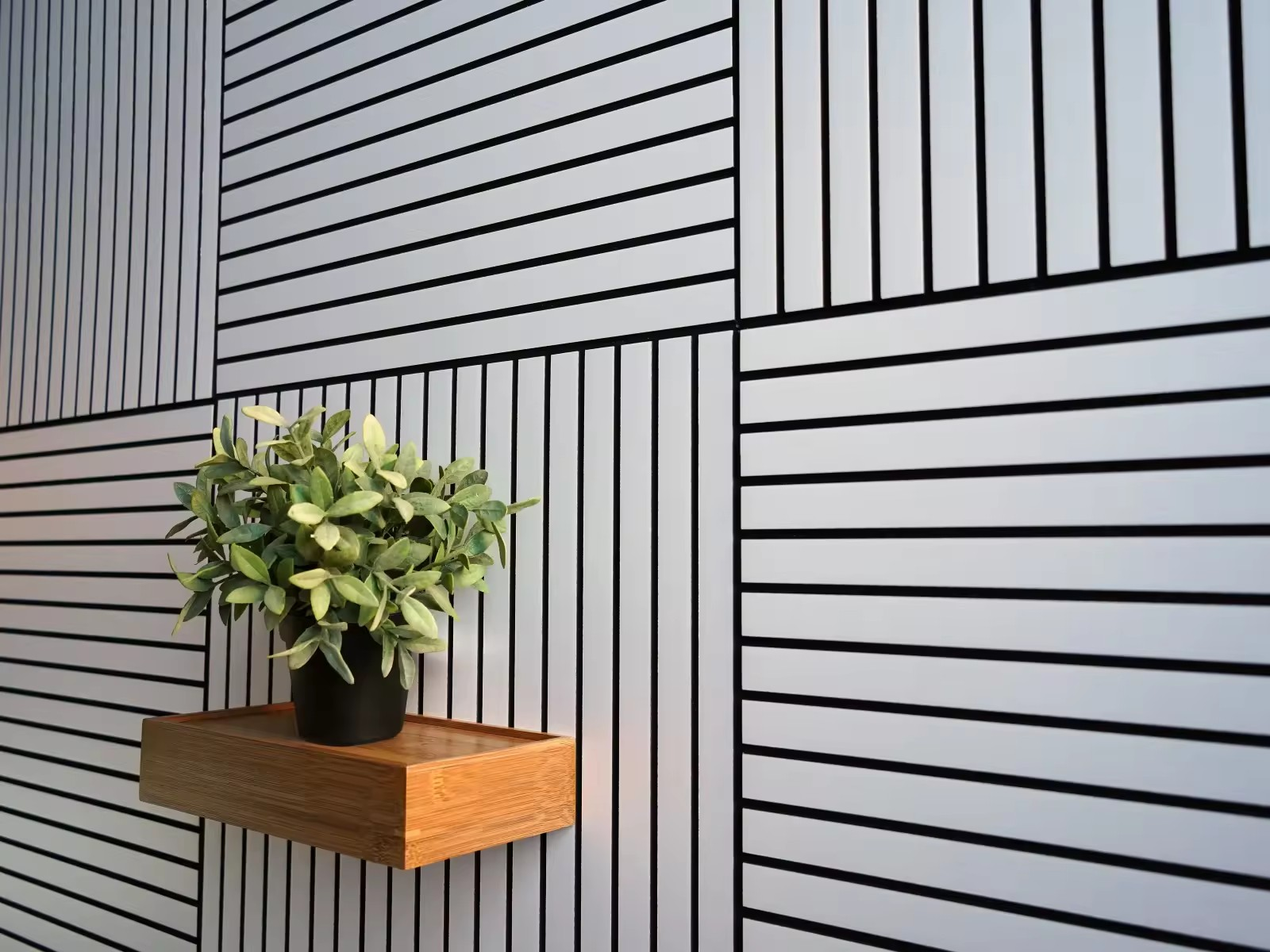The Versatile Benefits of Acoustic Felt
In contemporary design and architecture, the importance of sound management has become increasingly prominent. As urban environments grow denser and noise pollution rises, materials that efficiently absorb sound are in high demand. One such material that stands out is acoustic felt. This innovative product is revolutionizing the way we think about acoustics in both residential and commercial spaces.
Acoustic felt is a sound-absorbing material made from densely woven fibers, typically sourced from recycled textiles, polyester, or wool. Its unique structure allows it to trap sound waves, significantly reducing noise levels in any space. The versatility of acoustic felt makes it an ideal choice for various applications, from home theaters and offices to schools and restaurants. By integrating acoustic felt into interior designs, architects and designers can create environments that foster communication, enhance focus, and promote comfort.
One of the primary benefits of acoustic felt is its ability to improve sound quality. In spaces where clear communication is essential—such as conference rooms and classrooms—excessive reverberation can hinder understanding. Acoustic felt absorbs the echoes and background noise that may disrupt conversations, leading to a more productive and engaging atmosphere. This acoustic clarity is not only beneficial for human interactions but also enhances audio experiences in settings like theaters and music studios, where sound quality is paramount.
Beyond its acoustic properties, acoustic felt also serves a functional role in interior design. Available in a wide range of colors, textures, and patterns, it can be seamlessly incorporated into any aesthetic. Designers can use acoustic felt for wall panels, ceilings, room dividers, and even furniture items. Its flexibility allows for creative freedom, making it possible to design spaces that are not only sound-efficient but also visually appealing. By adding a layer of acoustic felt, a room can transform into a tranquil haven, free from the distractions of the outside world.
acoustic felt

Moreover, the environmental advantages of acoustic felt cannot be overlooked. Many products are made from recycled materials, contributing to sustainability efforts. Using acoustic felt not only aids in noise reduction but also supports green building initiatives, making it a responsible choice for eco-conscious architects and consumers alike. This aligns with the growing trend towards sustainable design as more individuals and organizations recognize the importance of minimizing their ecological footprint.
The installation of acoustic felt is also relatively straightforward, offering a practical solution for those looking to enhance their spaces without extensive renovations. Various formats, such as tiles, panels, and rolls, provide flexibility in application. Whether it’s a quick upgrade to home offices or a comprehensive solution for expansive commercial spaces, acoustic felt can be easily adapted to meet specific noise control needs.
Moreover, the maintenance of acoustic felt is minimal, making it an attractive option for busy environments. Unlike many traditional soundproofing materials, acoustic felt does not require specialized care, and its durability ensures longevity. It can withstand everyday wear and tear, making it a wise investment for both homeowners and business owners.
In conclusion, acoustic felt represents a perfect blend of functionality, aesthetic appeal, and sustainability. Its ability to manage sound levels while enhancing the overall design of a space makes it a valuable asset in today’s acoustic landscape. As more people become aware of the importance of soundscapes and their impact on well-being, the demand for effective solutions, such as acoustic felt, will undoubtedly continue to grow. Whether you’re looking to create a serene home environment or improve the acoustics of a bustling workplace, acoustic felt is poised to emerge as a leading choice in noise management solutions.
